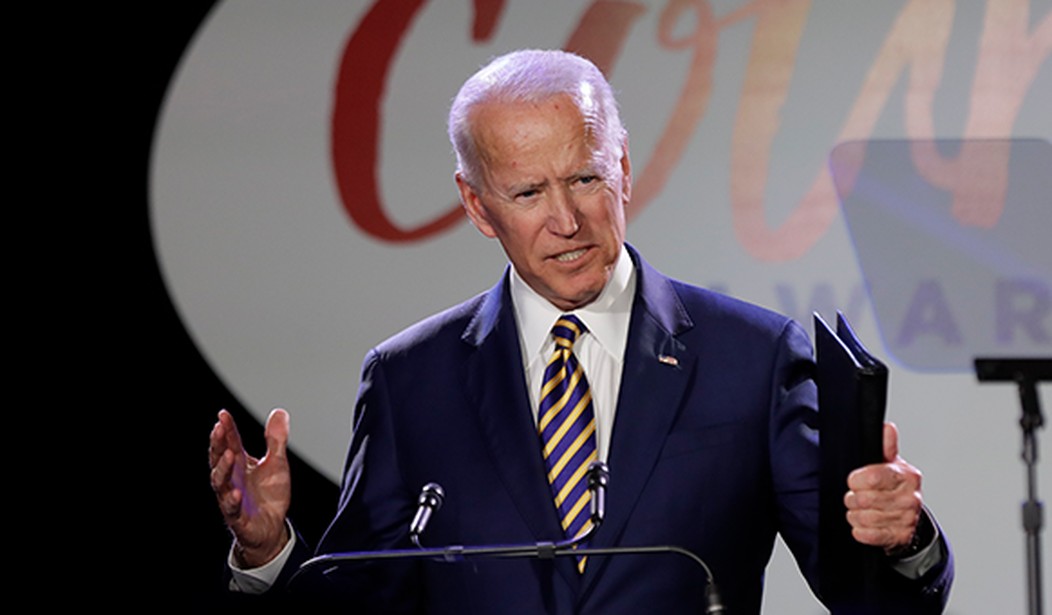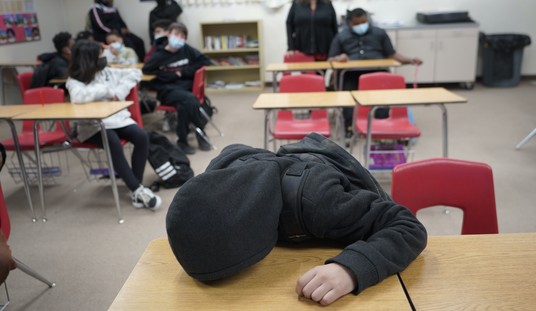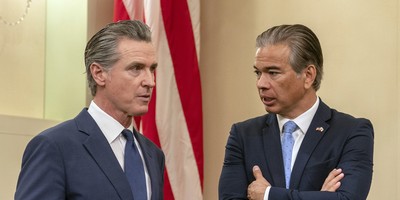What does history tell us about the 2020 presidential election? Not as much as we'd like to know. We're an old republic and our two political parties are the oldest and third oldest in the world. But we've only had a limited number of presidential elections.
Three were uncontested (1789, 1792, 1820), and six more were conducted under rules significantly different from our current system (legislatures selecting presidential electors, for example). That leaves just 49 elections, and when I was in the polling business, we wouldn't show any results for subgroups of less than 50 because of the huge statistical margin of error.
And then there is the presidential nominating procedure. There have only been 11 presidential elections in which most national convention delegates have been selected in primaries, and the rules have been different in each election cycle. Plus, the two parties have two different delegate allocation rules, the Republicans tending to favor winner-take-all and the Democrats proportional representation.
The Democratic field looks to be ballooning to at least 18 candidates with some claim to seriousness, more than the Republicans' 17-candidate field last time. Why so many candidates? Social media deserves some of the credit -- or blame. It's easier and much, much quicker than it used to be to locate and rally possible supporters, and particularly, to raise money.
The obverse of this advantage is that your appeal tends to be limited to, or mostly directed at, a category of hyperpolitical people who are not typical of the larger electorate candidates will face in primaries, and the much larger electorate a nominee faces in the general election.
In this era of partisan polarized politics, hyperpolitical Democrats tend to be highly educated and enamored of "intersectional" identity politics. That's the gist of a detailed analysis by The New York Times' Nate Cohn and Kevin Quealy. They conclude that among Democratic primary voters, the Twitter-happy left is outnumbered roughly 2-to-1 by a "more moderate, more diverse and less educated group of Democrats" who may end up nominating "a relatively moderate establishment favorite."
Recommended
Cohn is the same writer who, in June 2016, argued that non-college-graduate whites were a larger share of the 2012 electorate than indicated in exit polls and other surveys. That analysis and the extensive interviews by current Washington Examiner columnist Salena Zito, more than any other journalism I can recall, presaged Donald Trump's surprise victory that November.
One obvious lesson of the Cohn-Quealy thesis is that Democratic candidates shouldn't be quick to kowtow to the demands of the "woke" Twitterati and take unsustainable positions on the Green New Deal, racial reparations and Supreme Court packing. But most are already busy doing so.
Another lesson is that Joe Biden, who's been busily apologizing for his touchy-feely past, already has a bigger potential constituency of moderates than most analysts think. But it's not nearly as big as it was among Democrats a dozen years ago. And it won't be as easy for a Democrat to win this election the way that Donald Trump won among Republicans in 2016, by winning a plurality of popular votes in primaries.
That's because Republican winner-take-all rules gave Trump a majority of national convention delegates, while Democrats' proportional representation rules split the delegates among multiple candidates. In addition, the Democrats have allowed the nation's largest and second largest states, California and Texas, to vote early in 2020, on March 3.
As The Cook Political Report's David Wasserman points out, that means that at least 36 percent of Democratic delegates will have been allocated by then, and that it's entirely possible that no candidate will be able to win a majority of delegates before the convention.
Which could mean the first second-ballot convention since 1952, at which point the Party's 765 superdelegates -- elected and party officials -- get votes and presumably will choose the nominee, if they haven't already done so behind the scene. Of course, there won't be any protests or sharp words. Er, just kidding.
Democrats have some reason to blame all this on Donald Trump. If multiple candidates with thin credentials are clogging this year's race, each probably feels she or he is more qualified than Trump was.
Whatever your party, it looks like 2020 and 2016 may reinforce my longstanding conviction that the presidential nominating system is the weakest feature of our democratic republican form of government. Sad!























Join the conversation as a VIP Member